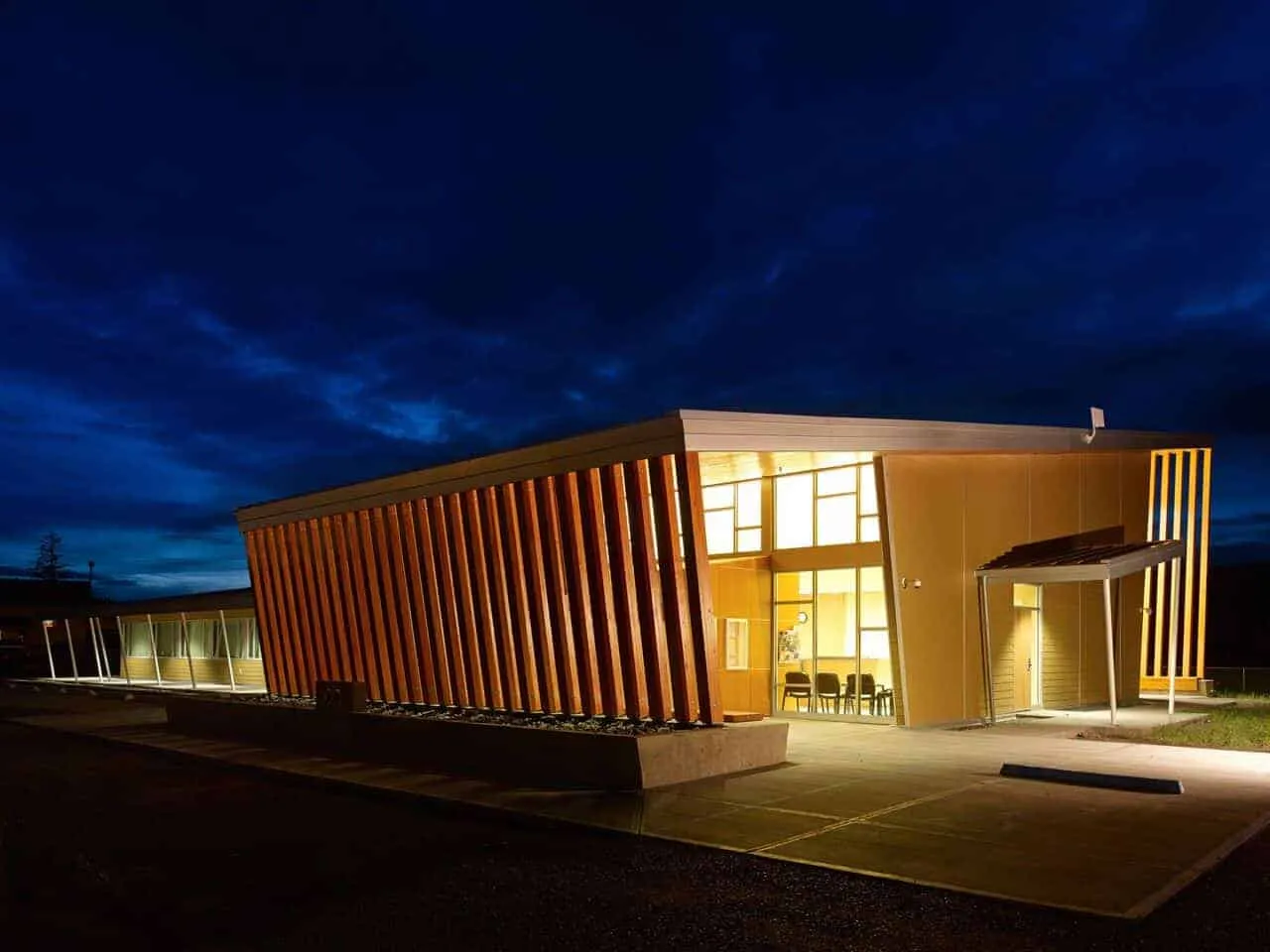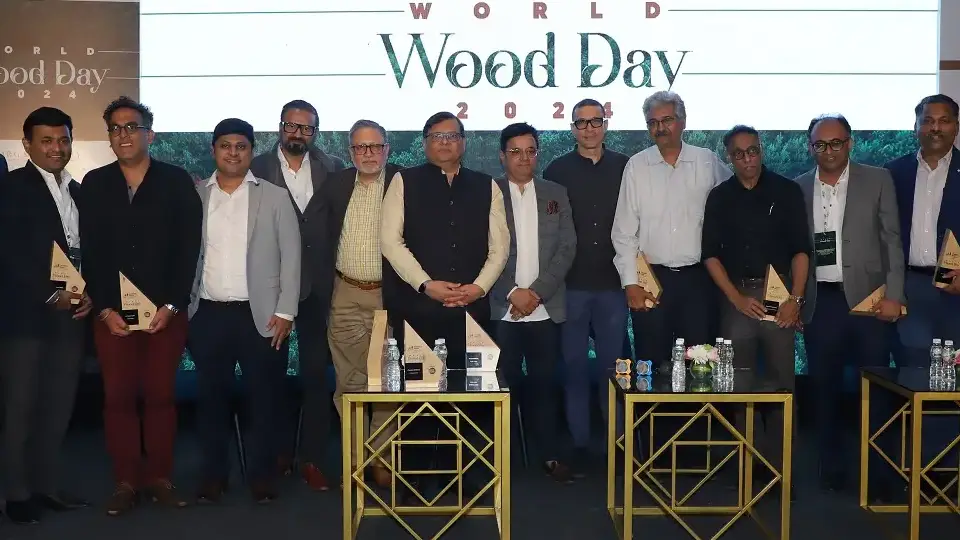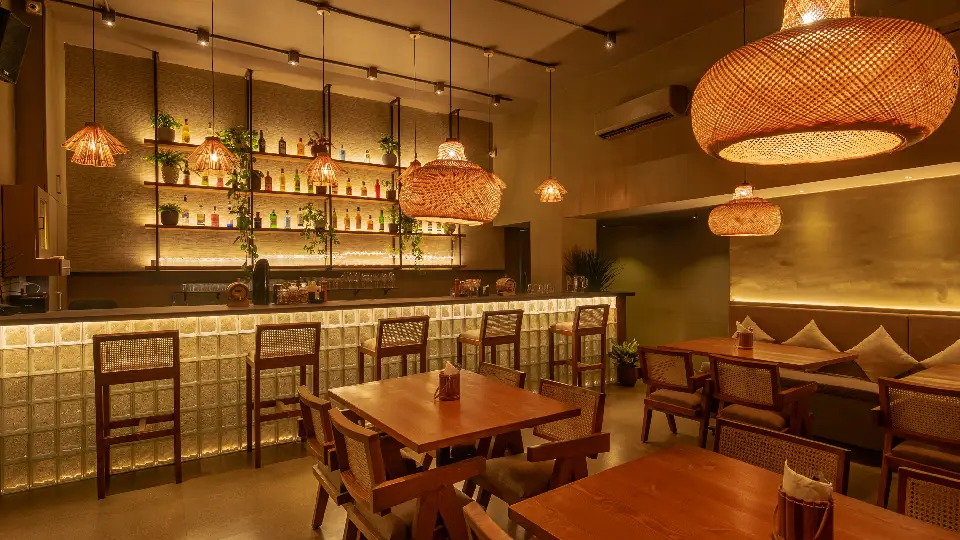The date – March 21. The year – 2012. Over the last decade, the day has been observed as World Wood Day. Promoted by the International Wood Culture Society, the day is celebrated to spread awareness on the conscious use of sustainable wood sourced through sustainable procurement methods. The warmth that the use of wood species for use as timber – Western hemlock, yellow and red cedar, etc. exudes in a building is simply unmatched for its simplicity and practicality. The Indian building material market has been showing an impressive upward trend for the use of wood in building projects coming up across the country.
Over the past few years, the Indian business value-chain – right from the wood supplier, architect community, developers to customers, has been exposed to some of the best ecosystems which support and further the use of wood sourced from sustainable forests.
The sustainability aspect has been an important element contributing to the increasing consumption of wood in the building materials market. This arises from the fact that the use of wood in buildings allows for greater acceptability in LEED ratings. Add to that the technology, techniques, design, and a sea of applications that have come to define the use of wood in building projects. So, the results clearly manifest in the splendid wood applications that we are seeing in quality building projects all around India.
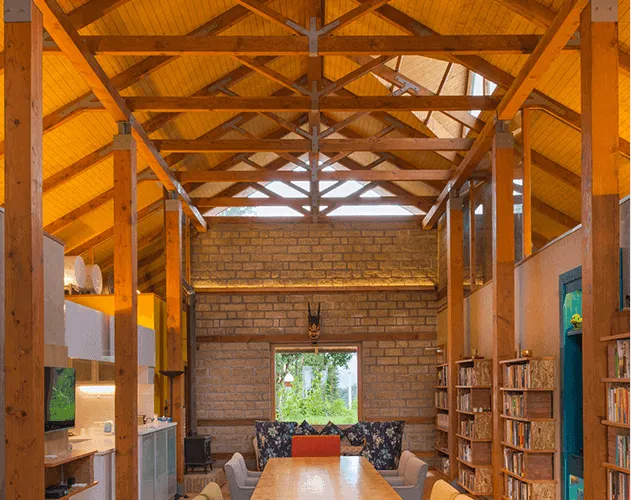
Wood is seen as both an emotional and practical building material in India
According to some experts, ‘wood turns houses into homes’. It is also believed that as people start moving around in the post-pandemic world – to offices, hotels, and other such places, they will look for the same warmth that they experienced while working from home. Wood fits this requirement quite well.
Being recyclable and having low carbon footprints amongst the various building materials, timber products are considered superior to any man-made material. In recent decades, the global awareness towards climate change and sustainable development has successfully re-introduced wood as the primary construction material. Also, global trends and exposure brought newer and fresher applications of wood in modern buildings – not just as an embellishment but also going right up to the building structures being designed in wood.
Graded and evenly sized wood – The biggest challenge in the Indian building materials market
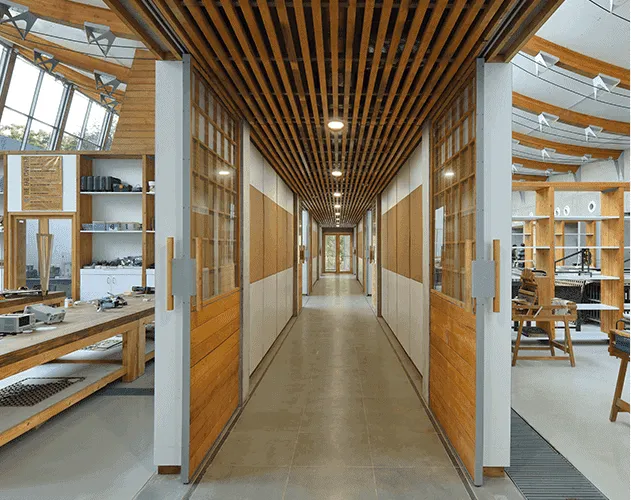
Post-independence India has been the ground for deforestation, forest degradation, and illegal logging despite several policies and laws being in place. Also, the timber supply from government-owned forest plantations is limited and private planters struggle to meet the international standards of procurement, making the market for Indian timber constrained and slow. The traditional and obsolete methods of lumbering and sawing lead to wastage and inconsistent sizes of lumber, further depleting the quality and quantity of wood. Additionally, Indian timber species are dominantly hardwood – which is not very machinable, and because it is slow to grow, the result is its high price in the market.
Another reason that makes importing timber imperative is the lack of seasoning in Indian timber. Improper seasoning in Indian timber underperforms in comparison to the quality seasoning of international certified timber from countries like Canada.
World Wood Day SpecialQ&A- Mr.Pranesh Chhibber – Country Director, Canadian Wood
 Your message for the Indian building materials value-chain, including architects, developers, and customers – present and potentialI must first acknowledge the increasing trend of wood use in residential and commercial projects and thank the architects, designers, developers, contractors, and manufacturers alike for their use of wood both in reman and structural applications. I guess it is happening as a large section of professionals are realizing the health and other benefits of wood and their obligation towards mitigation of global warming. Each of the professionals in the value chain as mentioned can certainly help by ensuring that their projects use only certified wood from sustainably managed forests. To a wood fiber deficit nation like India, Canada with nearly 10% of the world’s total forest cover and as a world leader in forest certification presents itself as a long-term source of legally harvested wood, which is available duly graded, sized, and seasoned lumber, almost ready to use. This not only helps reduce wastage and boost productivity but also contributes to the mitigation of carbon emissions. Independent studies have confirmed that the CO2 stored in the wood products far outweighs any extra CO2 generated by the efficient production and shipping of Canadian lumber around the world. Lumber from B.C. Canada is durable, strong, and versatile with superior working properties which offer good design flexibility and durability.
What are some of the interests areas/geographies/customer segments that you would like to strongly focus on over the next 1-2 years?We will focus on the reman industry for the next couple of years by working closely with manufacturers across India, more so in cluster areas/hubs, while engaging with architects, developers, and contractors. In addition, we will continue to provide technical assistance and hand-holding to our target audience. For structural projects, we will carry on to arrange expertise on the fee to pay basis direct to the professionals hired. We will continue with our awareness-generating educational seminars/webinars on topics of interest to our stakeholders. Also, training workshops for the woodworking professionals too will continue apart from other market development activities. Post-Covid we also look forward to greater engagement and activity with the timber trading fraternity. Also, we aim to enlarge the footprint of Canadian Wood in the Indian market.
For additional inquiries: Email – arif.moosa@canadianwood.in Call- +91-22-49221608 |
Building with wood – The India experience

World Wood Day is, in a way, testimony to wood having great potential as a building material. Also, the impressive qualities of wood remain – its high strength, flexibility, seismic resilience, insulation, versatility, lightweight, and renewability. So, all of this makes it an attractive building material option for architects, engineers, and designers.
Lumber presents itself as a unique building material solution. It not only offers appealing aesthetics but also remains a sustainable solution, unlike concrete. Moreover, wood is very convenient to work with. The prefabricated structures made out of wood are light and easy to transport. The Indian landscape has been witnessing some of the most outstanding applications of wood. These include:
- Woodniido, Chennai
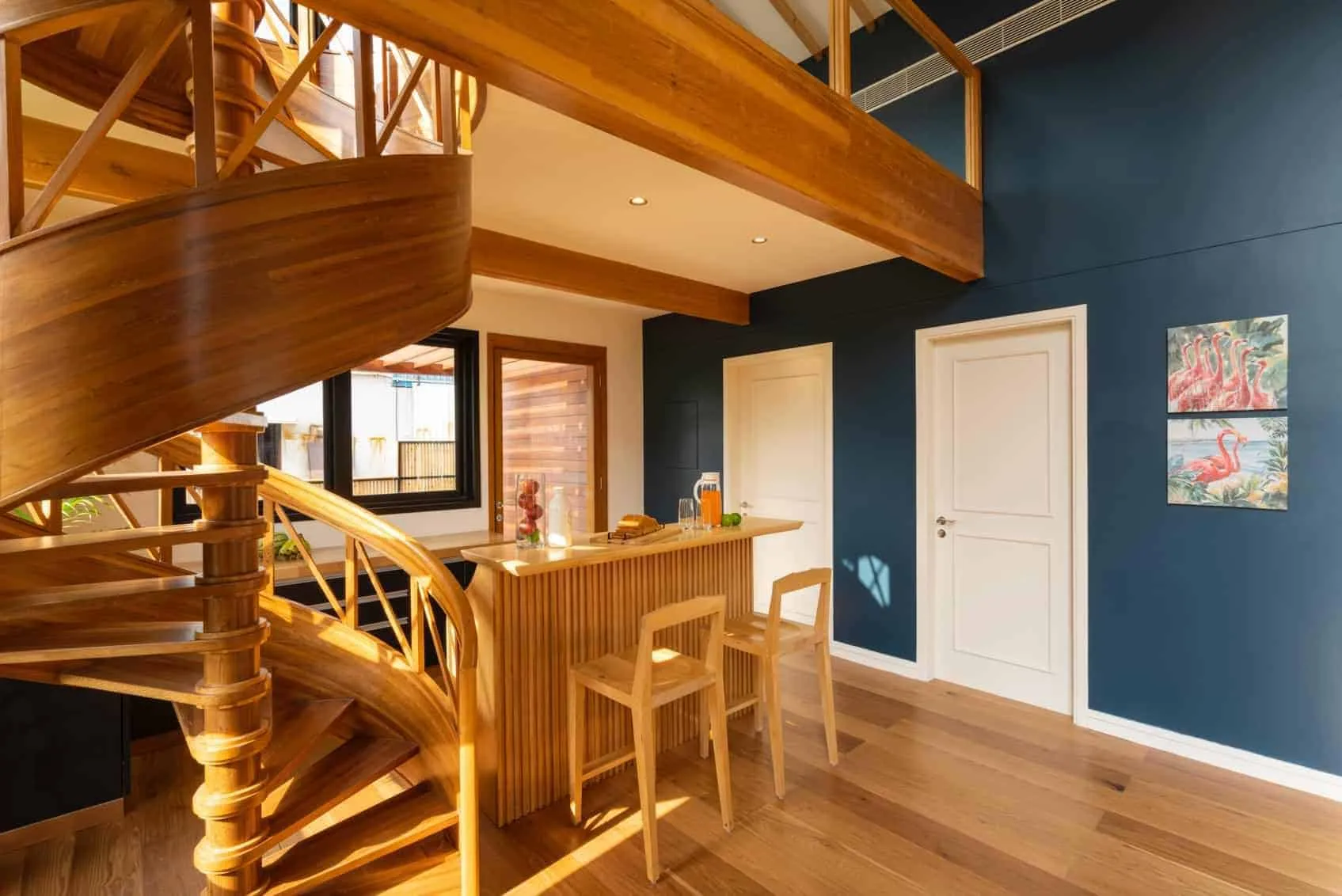
- (WFC) house in Mysore
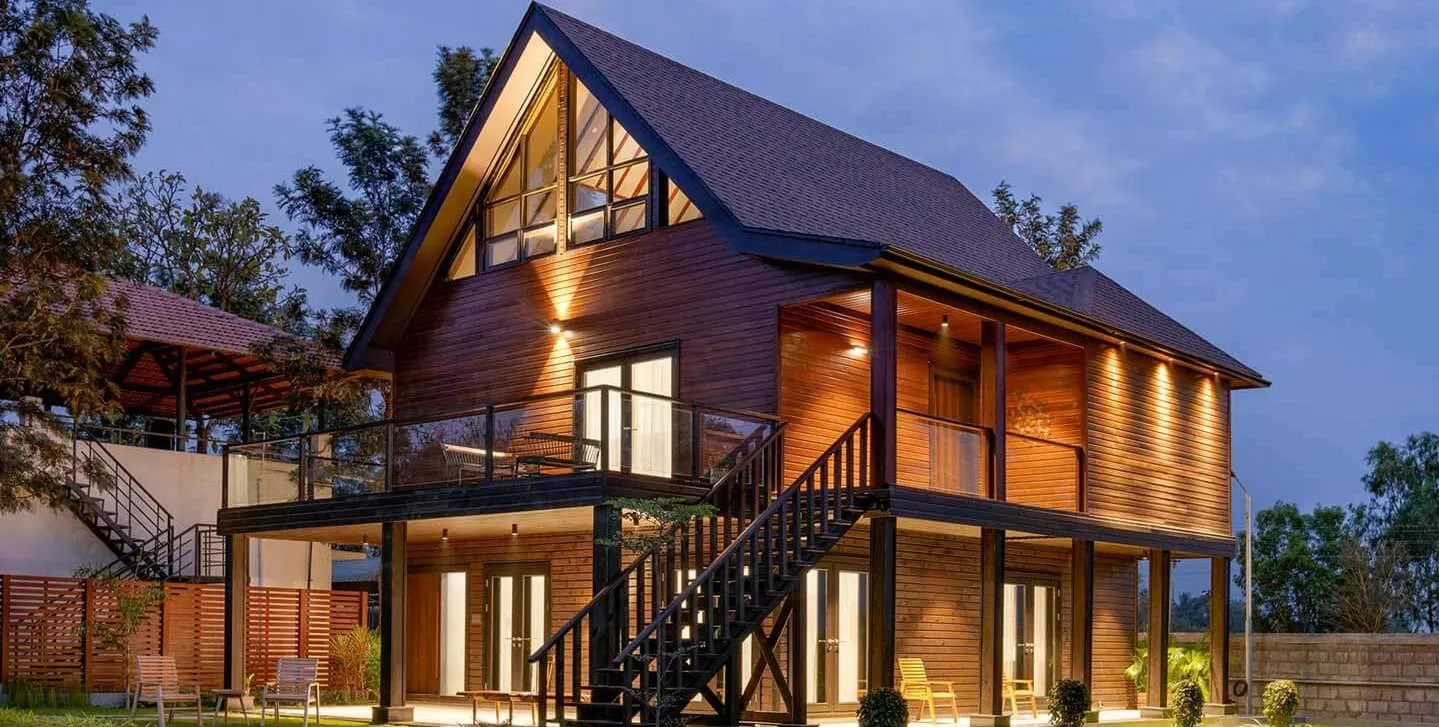
- The Madras Boat Club, Chennai

Such projects show the possibilities and practicalities of building with wood. Wood Frame Construction (WFC) techniques are not only sustainable but also efficient. Also, more and more building professionals are moving towards green building techniques with the consumption of natural wood for ceilings, cladding, panelling, or WFC.
Over the past few years, certified sustainable wood has captured the Indian timber market by storm. This wood, unlike the local timber, offers consistent sizing in lumber. Thus, it reduces wastage in construction and makes the project economical. The imported wood from the west offers a variety of wood species. Some of them are western hemlock, Douglas fir, yellow cedar, western red cedar, and Spruce pine fir (SPF). These wood species have great strength to weight ratio. Thus, they remain suitable for construction, interior woodwork like doors, windows, paneling, or furniture.
World Wood Day SpecialQ&A- Mr. Thomas Markose, Director, M/s Kelachandra, Bangalore

How do you see the market for wood as a building material shaping up on the demand side? What are the key areas where you see an accelerated use of wood?With concrete jungles on the rise, there has been a good shift towards bio-phyllic architecture. It means connecting nature into modern urban spaces. So, this clubbed with new market trends for natural, bio-degradable, eco-friendly products has got this new positive wave. Also, it helps move towards exploring the use of sustainable timber for architecture and as building construction material. Also, the innovative movement in India with the use of modern technology & R&D has further resulted in a whole lot of new brands launching great new product offerings towards the Indian building material market. Some of the key areas I follow with the accelerated use of wood are pre-fab timber structures and engineered wooden windows & doors systems. Modern wooden furniture is also an exciting new space in the present Indian market.
How has the use of Canadian Wood species helped further your business? Forty-plus years of being in the industry have taught us, moulded us, and to some extent, given us a sense of purpose. One of our turning points was – sustainable timber. As such, timber is renewable, reusable, recoverable, and bio-degradable. Also, it will remain available for the next 100+ years as part of global initiatives. Thus it becomes the ideal choice as raw material. All our future business remains rooted in being part of this downstream process to promote sustainable timber.
For more information: Email – thomas@kelveneers.com Call – +91 91489 81402
|
Educating the Indian market

According to some studies, India will experience a surge of 70% in wood use by 2030. Therefore, with the help of international experiences and learnings, the Indian building industry too can excel in wood construction. It can also produce more sustainable structures to curb its carbon footprint.
Organizations like Canadian Wood play a pivotal role in educating the Indian building market. It widens the scope of woodwork in the Indian building materials market. In addition, it also helps increase the local skill-set by holding training workshops across India. In such workshops, trained staff from woodworking companies from Canada give live sessions to the Indian trade audiences.
It is quite practical to say that there is immense scope for wood as a natural building material. Also, with every passing day, the supplies and quality of the material are moving towards standardization. In this context, days like World Wood Day stand to draw our attention to the advantages of using this natural building material in our construction ecosystems. This, quite robustly in India, aligns with a quantum jump in all demand formats for wood – short, medium, and long-term.
*Images used in the article are by Canadian Wood.

